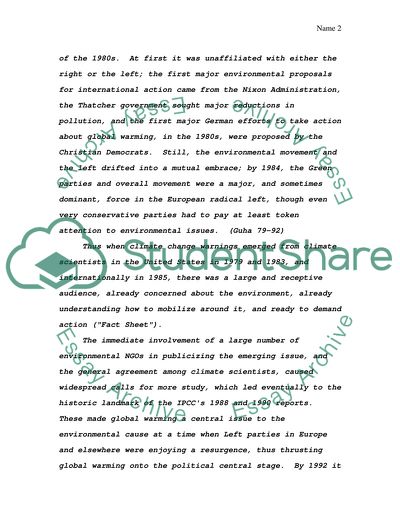Cite this document
(European Union Emissions Trading Scheme Research Paper, n.d.)
European Union Emissions Trading Scheme Research Paper. Retrieved from https://studentshare.org/politics/1746756-european-union-emissions-trading-scheme
European Union Emissions Trading Scheme Research Paper. Retrieved from https://studentshare.org/politics/1746756-european-union-emissions-trading-scheme
(European Union Emissions Trading Scheme Research Paper)
European Union Emissions Trading Scheme Research Paper. https://studentshare.org/politics/1746756-european-union-emissions-trading-scheme.
European Union Emissions Trading Scheme Research Paper. https://studentshare.org/politics/1746756-european-union-emissions-trading-scheme.
“European Union Emissions Trading Scheme Research Paper”, n.d. https://studentshare.org/politics/1746756-european-union-emissions-trading-scheme.


